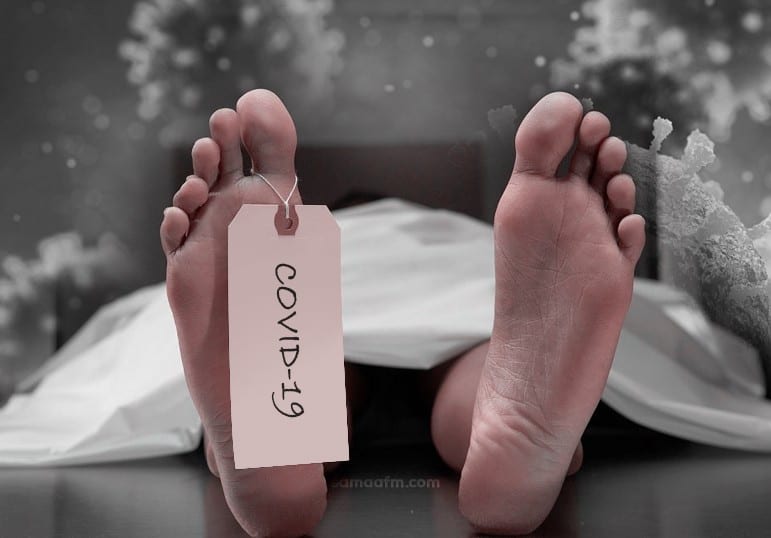
Which countries have the most covid-19 cases and deaths
Find out where the virus has spread, and where it has been most deadly after the spread around the globe pushing billions of people into lockdown as health services struggle to cope!
The virus is surging in many regions and countries that had apparent success in suppressing initial outbreaks are also seeing infections rise again not just in one state, but in many countries causing causalities and health conditions. And now Coronavirus is mutating. Let’s find out the current stats and what to do regarding the increasing horror.
Since first being recorded before the end of last year in China, the Covid-19 Covid has spread far and wide and been announced a pandemic by the World Health Organization. In any case, contrasts in testing imply that the number of cases might be downplayed for certain nations. Clearly, bigger nations will in general have higher numbers both of cases and of deaths. However, there are numerous different elements in play, for example, the segment profiles of the nations; nations with maturing populaces might be hit harder on the grounds that the illness is riskier to more established individuals.
Data for Deaths and Recoveries of Covid-19
Johns Hopkins University distributes cases and deaths information for most nations on the world (an outstanding exemption being North Korea, which professes to have had none – considering how careful they were during the spread). However, JHU yields that it gathers information from numerous sources, some of which can’t help contradicting one another. Indeed, even where the assortment is less hostile there are critical contrasts in the manners nations test, and in the manner in which they report cases and deaths. Belgium, for example, credits deaths to Covid-19 if the infection is a speculated cause, regardless of whether no test has been done.

The number of deaths is a more dependable indicator. The disease has hit certain countries, including the US, Brazil, India, Mexico, and the UK with the most spreadable rate and caused painful experiences for people.


Be that as it may, specialists state it’s not confirmed how destructive the infection truly is, to some degree in light of the fact that countless cases — including mellow or asymptomatic contaminations — may never be analyzed. In the United States, New York City has even advised specialists not to test most debilitated individuals except if they’re hospitalized.
The overseer of the US National Institute of Allergy and Infectious Diseases, Dr. Anthony Fauci, has put the infection’s death rate at about 2%, while the WHO has assessed 3.4%.
What To Do Now?
Since we know the new Covid strain spreads likewise to this season’s virus, the most ideal approach to ensure yourself is through reliable counteraction measures. Here are a couple
Washing Hands
You’ve likely previously found out about the significance of washing your hands, particularly in the wake of having regular flu, sneezing, sniffling, or visiting public territories toilets, etc. Be that as it may, it can’t be emphasized enough.
Scrubbing with cleanser and water for only 20 seconds (count or sing your favorite song meanwhile) can go far in ensuring yourself as well as other people. Alcohol-based hand sanitizers and wipes can help when you’re not almost near a sink.
Alternate approaches to ensure yourself (as well as other people) include covering your mouth when sneezing or wheezing, or even better, sniffle and hack into your elbow. Try not to contact your nose, mouth, and eyes. Cut-off actual contact with individuals (for example handshakes or hugs). Cleaning or purifying surfaces or your stuff you touch regularly. Get your influenza shot, in the event that you haven’t got it at this point and on the off chance that you as of now have a visit planned for any nearby health facility or hospital.
Wearing a Mask
A mask can forestall the person wearing it from spreading their own possibly contaminated droplets that include droplets when you inhale, talk, laugh, sigh, yawn, sneeze or sniffle in public. This implies you’re more averse to get droplets on public surfaces as door handles, service stations, checkout screens, things at the grocery store or drugstores, public transportation, office telephones, or anywhere else if you are wearing a mask. . A material cover is significantly the most accommodating yet any mask can work!
Symptoms of coronavirus (COVID-19) include those like cold or influenza with fever, cough, or shortness of breath, and can range from a gentle cough to severe pneumonia. Side effects can show up as early as two days and as late as 14 days after exposure.
In case you’re feeling debilitated by any stretch of the imagination, make sure to stay home to keep those around you from becoming ill, too. If you feel you have symptoms related to COVID-19, the initial step is to contact your essential health specialist or medical care supplier. They can suggest legitimate treatment and, if fundamental, tell public authorities. It’s likewise significant to follow guest limitations at your neighborhood emergency clinic or center to help curb the spread of any disease.




